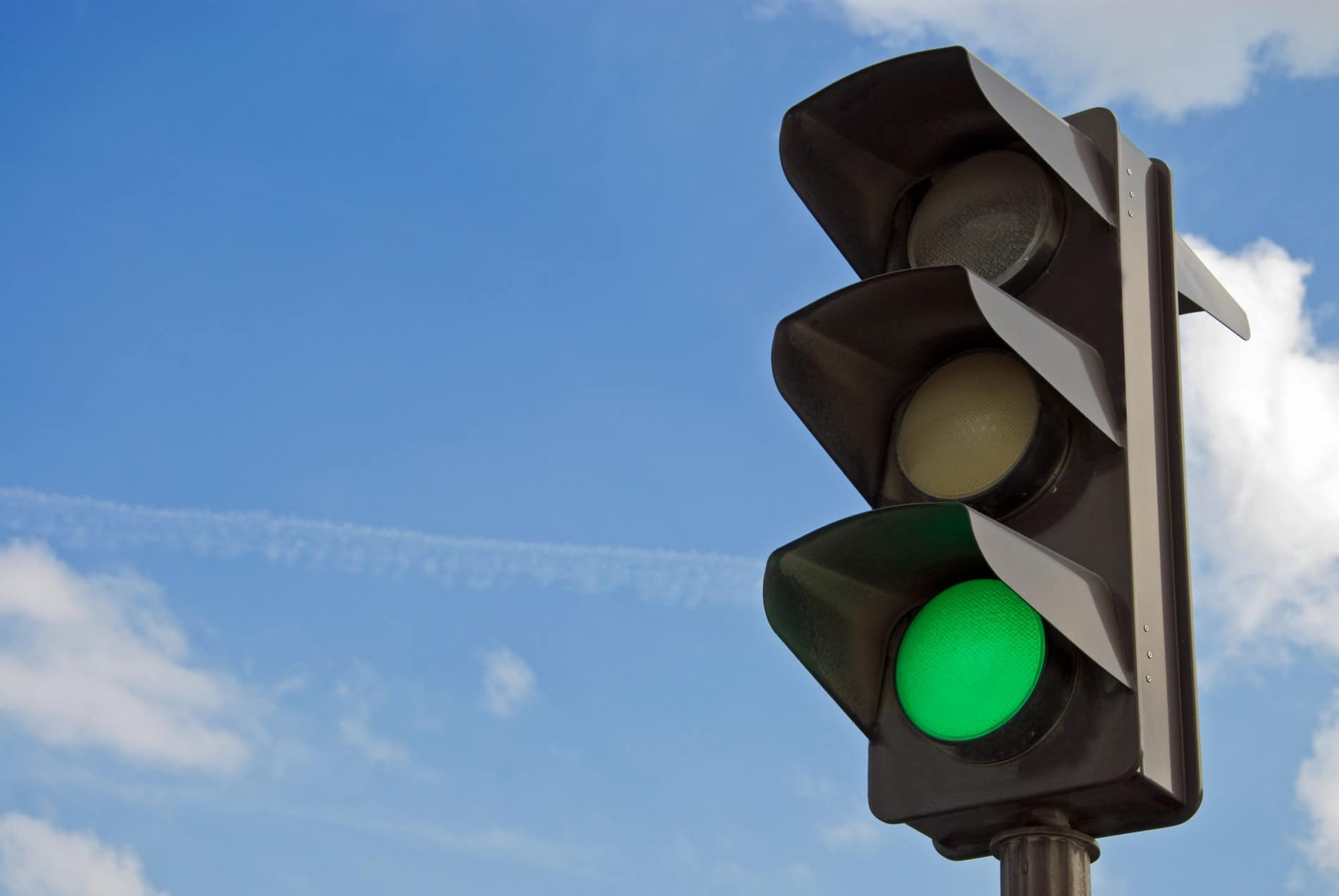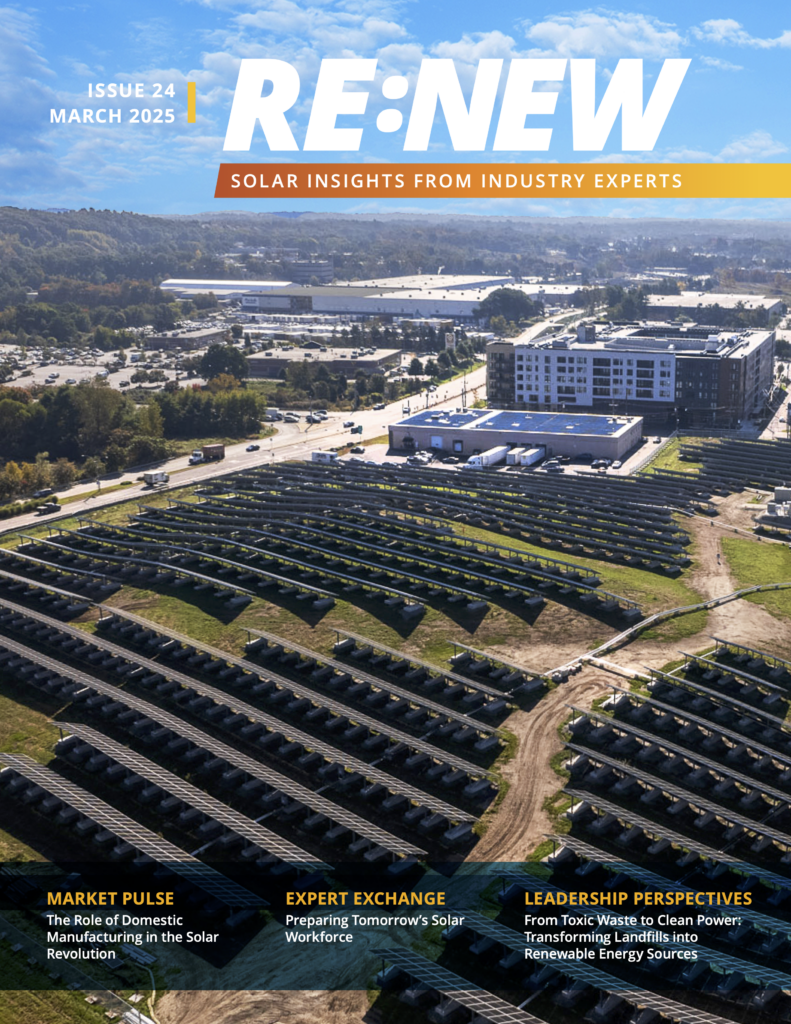The future of solar is being written as we speak, and it is increasingly being intertwined with the future of transportation—putting it at a crossroads.
Last month, Governor Larry Hogan announced that the headquarters and 35 other facilities in the Maryland Department of Transportation (MDOT) will be entirely powered by solar electricity within the next 18 months—at no additional cost to the taxpayers.
And this month, the General Assembly can provide the governor with the same power to allow commercial and residential taxpayers to achieve the same via an improved renewable portfolio standard (RPS) or funding boost to his Maryland Energy Administration.
According to the project’s announcement, MDOT is the first statewide transportation agency in the country to implement such ambitious plans. But will the MDOT project be a roadmap for a statewide solar energy network or simply a gift pass to other states?
The move is part of the governor’s progressive position on solar energy. He is committed to expanding the use of solar throughout the state and needs a legislative green light to achieve real results. And to paraphrase an old proverb, Gov. Hogan clearly believes solar begins at home—as do we.
The announcement by Gov. Hogan of MDOT’s project is just the latest in a series of moves the state has made to support Marylanders and the solar industry. Last year, the legislature increased the renewable portfolio standard (RPS) from 20% to 25%, and currently have bills moving their way through a logjammed legislature that would inject more than $11 billion of long-term private investment statewide raising the solar carve-out to 14.5% over 10 years.
MDOT owns 874 facilities throughout the state, so the state’s taxpayers hope (and frankly expect) the program will continue to expand to other agency properties, setting a shining example of solar’s success, as well as its ability to return Maryland to its well-earned leadership position as a forward-thinking state.
This should be an exciting time for Maryland, but there is still some opposition to solar—despite more Americans recognizing and demanding this power source choice to improve the grid, the environment, save ratepayers money and create jobs. And MDOT, with Gov. Hogan’s enthusiastic approval, is primed to become the program others imitate when it comes to economic growth, taxpayer savings and setting smart solar policy.
The Solar Revolution has arrived, and Maryland’s recent MDOT moves are proving it doesn’t plan to build a dead end. As befitting its role in the country’s history of innovation, Maryland can lead. We are not looking for a road map to Mars–but in the lasting lyrics of Wings in With a Little Luck “there is no end to what we can do…we can do it.”
More Recent Blog Posts
Illinois Leading the Way in Community Solar Expansion and Clean Energy Growth
June 24, 2025
Standard Solar · 2 min read
Building an Enduring Solar Legacy in America’s Next Energy Era
June 9, 2025
Rick Berube · 2 min read
Beyond Panels: How The Catholic University of America Cultivates Holistic Sustainability Through Solar
May 13, 2025
John Finnerty · 4 min read
Celebrating 20 Years of Transforming the Energy Landscape
December 12, 2024
Scott Wiater · 5 min read
Most Popular Blog Posts
Illinois Leading the Way in Community Solar Expansion and Clean Energy Growth
Standard Solar · 2 min read
The Undeniable Value of Solar Development on Brownfields and Landfills
Harry Benson · 2 min read
Celebrating 20 Years of Transforming the Energy Landscape
Scott Wiater · 2 min read
Building an Enduring Solar Legacy in America’s Next Energy Era
Rick Berube · 2 min read





Share